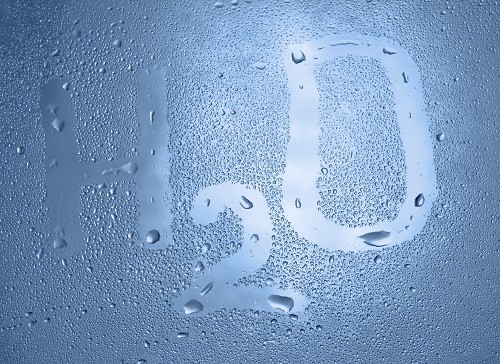Every home will have varying levels of humidity throughout the year and this often causes moisture to form on windows and doors. It’s perfectly natural. However, while some humidity is necessary for every home, chronic and excessive condensation may be a sign that you need to take some action before serious, costly damage occurs.
Indoor moisture is caused by a variety of factors like cooking, showering, AC or heat, pets, plants, clothes dryers that are not vented properly, and even breathing. Extreme weather changes can also cause condensation due to the temperature difference between inside and outside. There may even be excess moisture in new building materials increasing the humidity in your home for the first couple of years.
Ironically, some homeowners who install new windows may also see an increase in window “sweating” because the new windows are so much more air tight that the old ones. This is because air leaking from older windows evaporated the moisture before it could collect on the glass. Of course, those drafts also drove up your energy costs and made for a drafty, uncomfortable home.
Don’t Sweat the Small Stuff
So how do you know if condensation is a problem with your windows and doors or if it’s just a temporary issue? First, you’ll want to determine where the moisture is forming.
If the condensation is in between the panes of glass, this may indicate a seal failure, and you may need to replace those windows. Be sure to check your warranty. If the moisture is causing water damage or rot around the frames or surrounding areas, that’s a big red flag that something needs to be done.
Even the best replacement windows will not eliminate door and window condensation if there is excess moisture in the air. There are many ways to tell if the condensation on your windows is just temporary. For example, does it usually happen:
- During baths and showers, cooking, dishwashing, laundry, or other steam producing occasions.
- During the start of each heating season – Houses absorb moisture during humid summers and then dry out after a few weeks of heating.
- During sharp temperature changes – Sudden drops in temperature, especially during the heating season, can create temporary condensation.
- During new construction or remodeling – Building materials contain a great deal of moisture that is released into the atmosphere over the course of a couple of years.
In most cases, these events are not signs that your windows or doors are defective or in need of replacement.
When is Condensation a Bigger Problem?
However, too much humidity in your home may eventually cause problems. It may be time to take action if you notice the following signs in your house:
Condensation remains on windows all day, even when the outside temperature has warmed up.
- Condensation is forming and running down the walls. It may also be causing discoloration, staining, peeling wallpaper and blistering paint.
- The air smells musty — this could indicate mold, mildew, or in the worst cases, rot — or odors from everyday household activities that linger too long.
- Odors increase in intensity with high relative humidity.
Keep in mind that the humidity level in your home should change throughout the year in relation to the outside temperature. For instance, the colder it is outside, the lower the humidity level should be inside your home. All major manufactures of humidifiers list the recommended humidity settings based on outside temperatures.
If you are thinking you may need to replace some or all of your home’s windows, stop by or contact us with any questions. We’d be happy to help. You can also download our FREE Window Replacement Checklist to learn what else you need to know and start planning for your new windows like a pro.


